Get Relief from Urinary Incontinence with
Personalized Treatment Options
Incontinence is a common, treatable condition.

"This saved my life"
Meghan’s persistent quest for medical help finally paid off, helping improve her life

"It's a game changer"

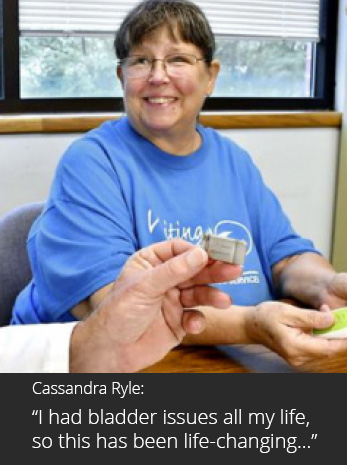
"Life Changing Relief"
Cassandra Ryle has had to structure her days based on her proximity to the nearest bathroom
25-45% of women experience urinary incontinence at some point in their lives
The prevalence of urinary incontinence increases with age
of women over 60 years experience urinary incontinence
1The National Institutes of Health estimates that between 25% and 45% of women experience urinary incontinence at some point in their lives. (Source: https://www.niddk.nih.gov/health-information/urologic-diseases/bladder-control-problems-women)
2A study published in the British Journal of Obstetrics and Gynecology found that the prevalence of urinary incontinence in women increased with age, ranging from 19.4% in women aged 20-29 to 49.7% in women aged 70 or older. (Source: https://obgyn.onlinelibrary.wiley.com/doi/full/10.1111/j.1471-0528.2008.01943.x)
Contact one of our specialists to learn more about your urinary incontinence symptoms.
SNEEZING/COUGHING
PREGNANCY
CHILDBIRTH
MENOPAUSE
OBESITY
CERTAIN MEDICATIONS
NEUROLOGICAL DISORDERS
There are different types of incontinence, and all of them are common.
Stress incontinence
Physical activities such as coughing, sneezing, laughing, or exercising cause urine leaks due to weakened pelvic floor muscles.
Overactive bladder (OAB)
A sudden urge to urinate that is difficult or impossible to control can lead to needing to urinate often, even during the night.
Overflow incontinence
Urine leaks or trickles out when the bladder doesn’t empty completely, leading to frequent urination and the feeling of always needing to go.
Functional incontinence
When a physical or mental limitation keeps you from getting to the bathroom on time, resulting in accidental leakage of urine.
Bladder prolapse
Bladder prolapse, a condition affecting many individuals, occurs when the bladder’s supportive tissues weaken, causing it to descend into the vagina.
Mixed incontinence
A combination of two or more types of urinary incontinence – usually stress incontinence and overactive bladder.
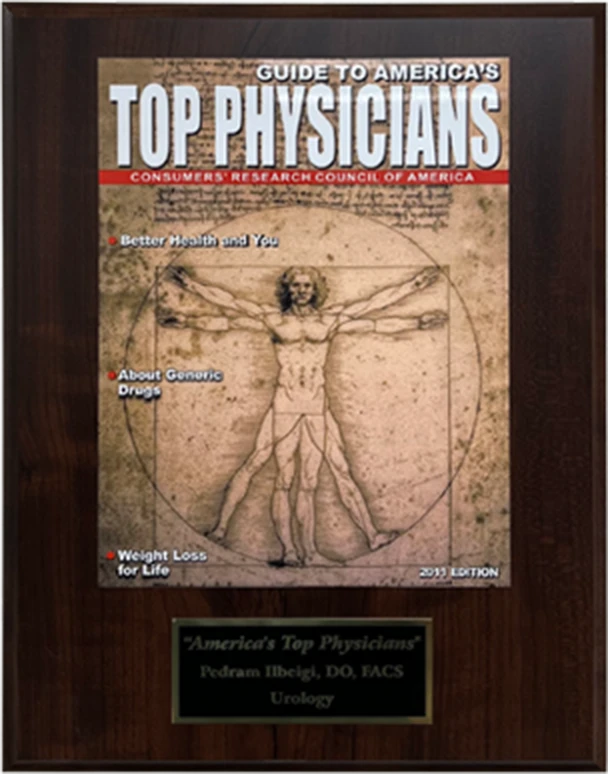
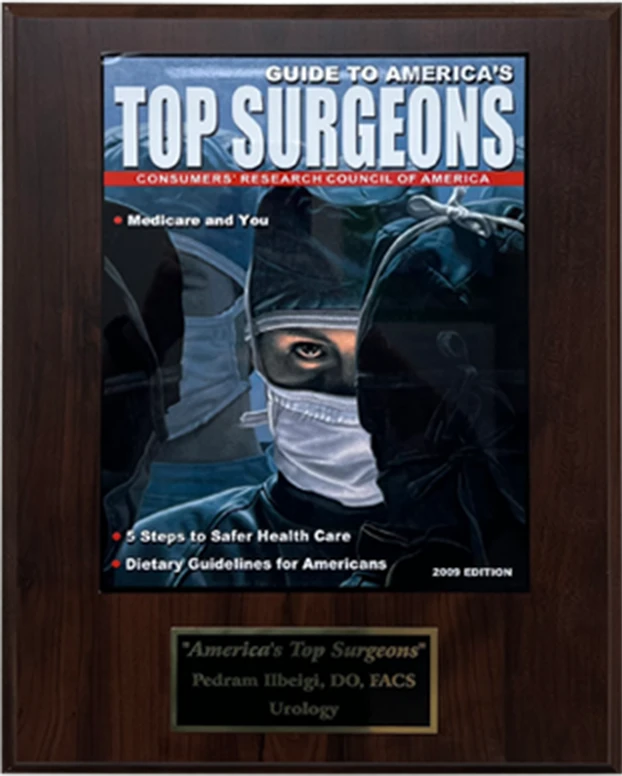
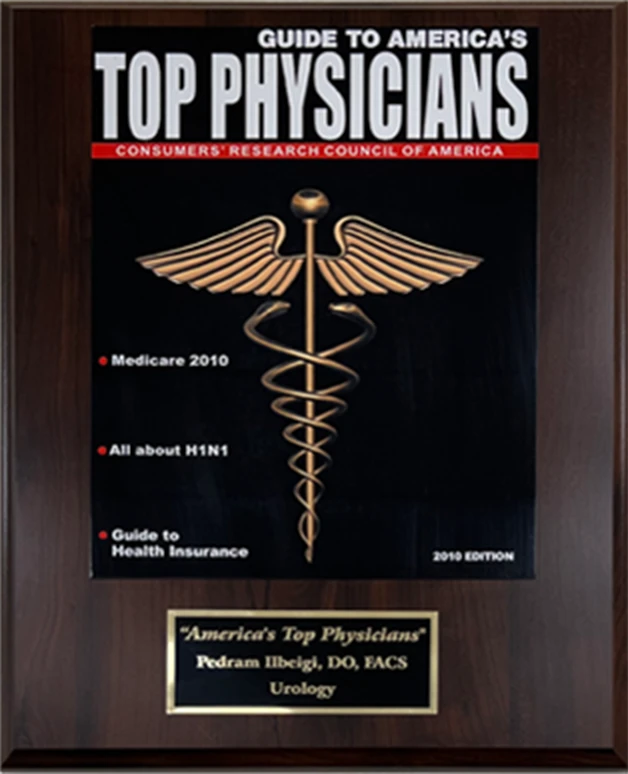
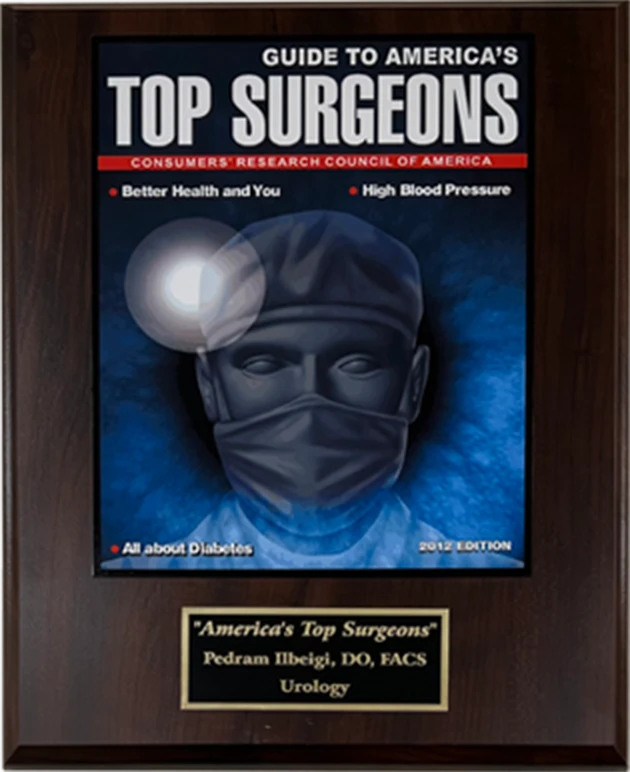
About Urinary Incontinence Institute
We are driven by the latest medical advancements in women’s health. Our dedicated clinics and specialists are committed to providing excellent care and personalized treatment for women experiencing problems with incontinence.
Our team of talented incontinence specialists builds on each other skills to ensure our patients and their families receive the medical care and personal support they need.